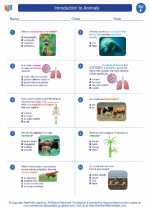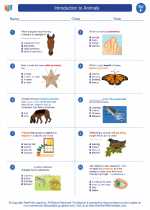Islands: Exploring unique ecosystems
Islands are fascinating geographical features that can be found all over the world. They are pieces of land that are surrounded by water, and they come in all shapes and sizes.
Formation of Islands
Islands can be formed through various geological processes. Some are the result of volcanic activity, where molten rock from beneath the Earth's surface erupts and forms new land. Other islands are created through the accumulation of sediment, such as sand or coral, over time.
Types of Islands
There are several types of islands, including continental islands, oceanic islands, and coral atolls. Continental islands are connected to a mainland, while oceanic islands are formed from volcanic activity in the middle of the ocean. Coral atolls are ring-shaped islands formed from the accumulation of coral reef around a central lagoon.
Unique Ecosystems
Islands are home to a wide variety of unique plant and animal species. Due to their isolation, many islands have evolved their own distinct ecosystems, with species that are found nowhere else in the world. This makes islands important areas for conservation and biodiversity.
Study Guide:
- What are islands and how are they formed?
- Describe the different types of islands.
- Explain why islands are important for conservation and biodiversity.
- Research and identify a specific island ecosystem and the unique species that inhabit it.
- Discuss the impact of human activity on island ecosystems and potential conservation efforts.
By understanding the formation and significance of islands, we can appreciate the rich biodiversity and ecological importance of these unique landforms.
[Islands] Related Worksheets and Study Guides:
.◂Science Worksheets and Study Guides Sixth Grade. Introduction to Animals

 Activity Lesson
Activity Lesson
 Worksheet/Answer key
Worksheet/Answer key
 Worksheet/Answer key
Worksheet/Answer key
 Worksheet/Answer key
Worksheet/Answer key
 Vocabulary/Answer key
Vocabulary/Answer key
 Vocabulary/Answer key
Vocabulary/Answer key
 Vocabulary/Answer key
Vocabulary/Answer key
 Vocabulary/Answer key
Vocabulary/Answer key
